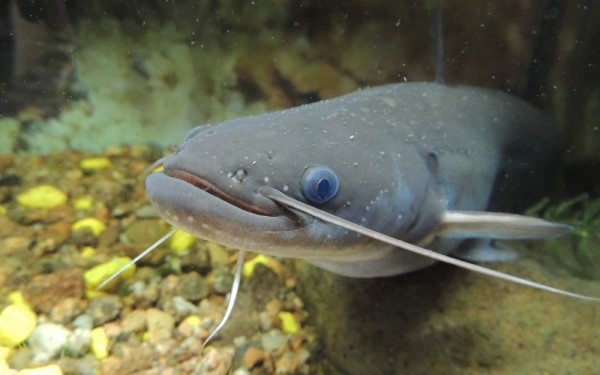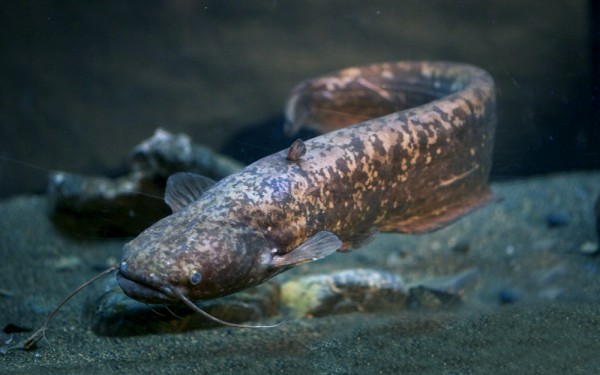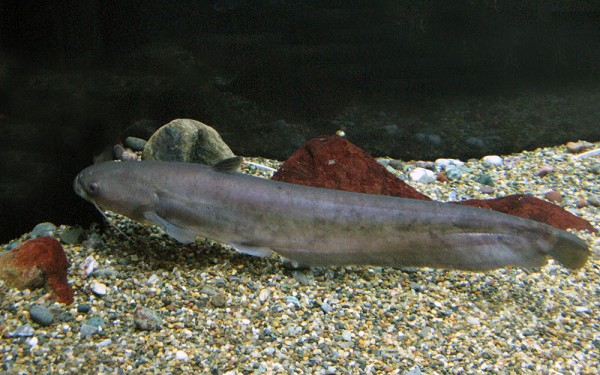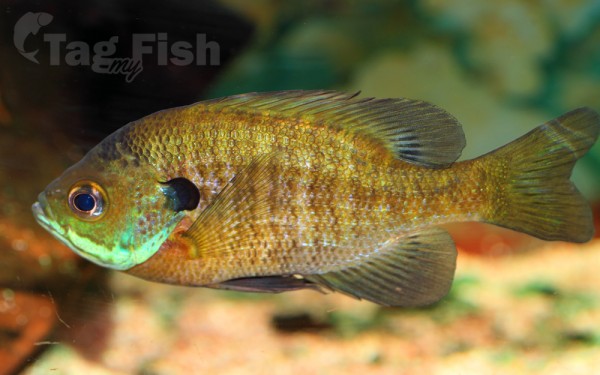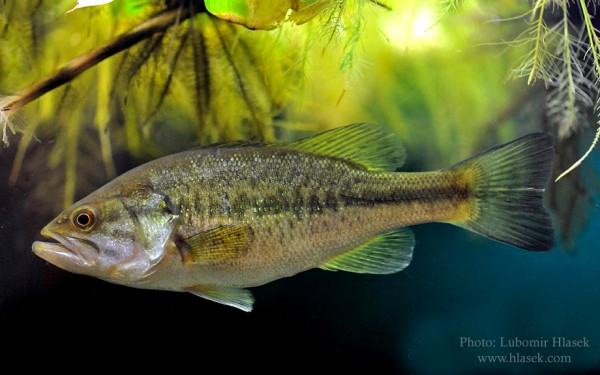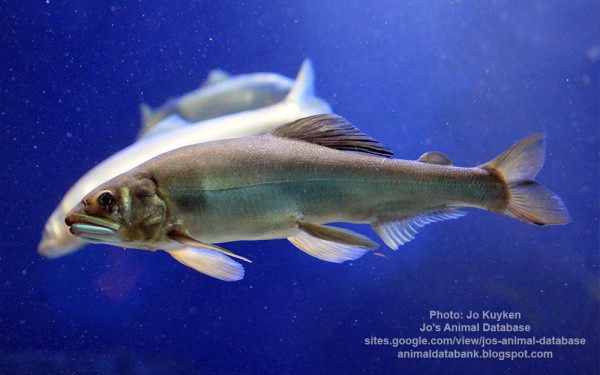Lake Biwa

Siluriformes - Catfishes
Centrarchiformes - Basses and sunfishes
Cypriniformes - Carps
Osmeriformes - Smelts
Siluriformes - Catfishes
Centrarchiformes - Basses and sunfishes
Cypriniformes - Carps
Osmeriformes - Smelts
Siluriformes - Catfishes
Centrarchiformes - Basses and sunfishes
Cypriniformes - Carps
Osmeriformes - Smelts
Lake Biwa is the largest freshwater lake in Japan, located entirely within Shiga Prefecture (west-central Honshu), northeast of the former capital city of Kyoto. Lake Biwa is an ancient lake, over 4 million years old. It is estimated to be the 13th oldest lake in the world.
The area of this lake is about 670 km² (258.69 sq mi). Small rivers drain from the surrounding mountains into Lake Biwa, and its main outlet is the Seta River, which later becomes the Uji River, combining with the Katsura and Kizu to become the Yodo River and flows into the Seto Inland Sea at Osaka Bay.
It serves as a reservoir for the cities of Kyoto and Ōtsu and is a valuable resource for nearby textile industries. It provides drinking water for about 15 million people in the Kansai region. Lake Biwa is a breeding ground for freshwater fish, including trout, and for the pearl culture industry.
The Lake Biwa Canal, built in the late 1890s and later expanded during the Taishō period played a role of great importance in the rekindling of Kyoto’s industrial life, after a steep decline following the transfer of the capital to Tokyo.
Lake Biwa is of tectonic origin and is one of the world’s oldest lakes, dating to at least 4 million years ago. This long uninterrupted age has allowed for a notably diverse ecosystem to evolve in the lake. Naturalists have documented more than 1000 species and subspecies in the lake, including about 60 endemics. Lake Biwa is an important place for water birds. About 5,000 water birds visit Lake Biwa every year.
Fishes
There are 46 native fish species and subspecies in the lake, including 11 species and 5 subspecies that are endemic or near-endemic. The endemic species are five cyprinids (Carassius cuvieri, Gnathopogon caerulescens, Ischikauia steenackeri, Opsariichthys uncirostris and Sarcocheilichthys biwaensis), a true loach (Cobitis magnostriata), two gobies (Gymnogobius isaza and Rhinogobius biwaensis), two silurid catfish (Silurus biwaensis and S. lithophilus) and a cottid (Cottus reinii). The Biwa trout is also endemic to the lake, but some maintain that it is a subspecies of the widespread masu salmon rather than a separate species. The remaining endemic fish are subspecies of Carassius auratus, Cobitis minamorii, Sarcocheilichthys variegatus and Squalidus (chankaensis) biwae.
Lake Biwa is also the home of a large number of molluscs, including 38 freshwater snails (19 endemic) and 16 bivalves (9 endemic).
Recently the biodiversity of the lake has suffered greatly due to the invasion of foreign fish, the black bass and the bluegill. Bluegill were presented to the Emperor and later freed in the lake as a food source for other fish. Black bass were introduced as a sport fish. In July 2009, a largemouth bass weighing 10.12 kg (22 pounds, 4 ounces) was caught from the lake by Manabu Kurita. It has been officially certified by the International Game Fish Association (IGFA) to tie the largemouth bass world record held solely by George Perry for 77 years.
